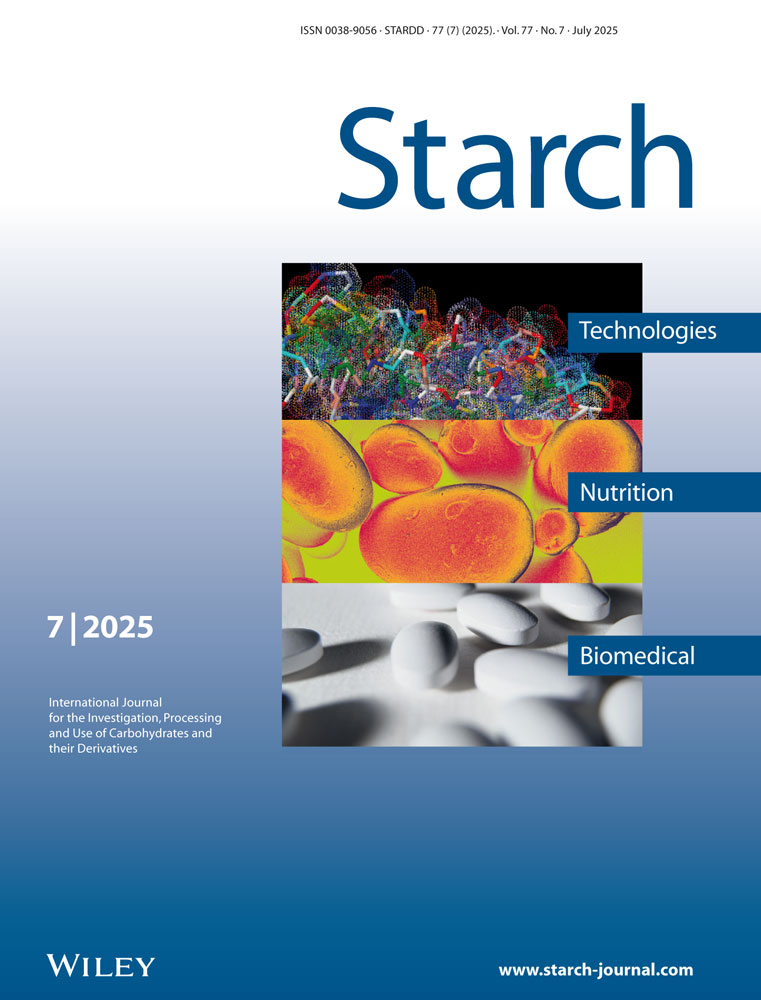Processing of Cassava to Produce Ethanol – Effect of Raw Material Preparation
Abstract
enThe effect of disintegration severity on starch hydrolysis and ethanol production from cassava roots and stems has been evaluated. It was found that a considerable fraction of the starch in the roots was made available for hydrolysis with relatively crude processing; all such material was readily fermented. To achieve a very high fermentables yield, either very intensive processing or, preferably, a two stage process, with the second stage being applied only to the oversize material, is required. Whether it is economically viable to process the oversize material further depends on a number of site-specific factors. The two stage option appears the more attractive alternative especially in small to medium size cassava to ethanol plants because of the need to minimise power requirements and thereby steam usage.
Abstract
deVerarbeitung von Cassava zu Ethanol – Einfluß der Aufbereitung des Rohmaterials.
Der Einfluß des Desintegrationsgrades auf die Stärkehydrolyse und die Ethanolgewinnung aus Cassavawurzeln und -stengeln wurde untersucht. Es wurde gefunden, daß ein beträchtlicher Anteil der Stärke in den Wurzeln durch relativ grobe Verarbeitung der Hydrolyse zugänglich gemacht werden konnte; das gesamte Material ließ sich leicht vergären. Um eine sehr hohe Gärungsausbeute zu erzielen, ist entweder sehr intensive Verarbeitung oder besser ein Zweistufenprozeß erforderlich, dessen zweite Stufe nur auf das gröbere Material anzuwenden ist. Ob es wirtschaftlich vertretbar ist, dieses Material zu verarbeiten, hängt von einer Anzahl örtlicher Gegebenheiten ab. Die Entscheidung für den Zweistufenprozeß dürfte die günstigere Alternative speziell für kleine bis mittlere Cassava-Ethanol-Betriebe sein wegen der Notwendigkeit, den Energieverbrauch und daneben den Dampfverbrauch so gering wie möglich zu halten.




